Product Description
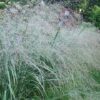
Schizachyrium scoparium ‘The Blues’ – The Blues Little Bluestem
Native/Non-native – Native
Hardiness Zone – 4-8
Sun – Full sun
Moisture – Dry
Size – 2-3′ height x 1-2′ spread
Comments
* Blue foliage with orange fall color
* Drought tolerant
Description
Common Name: little bluestem
Type: Ornamental grass
Family: Poaceae
Zone: 3 to 9
Height: 2.00 to 4.00 feet
Spread: 1.50 to 2.00 feet
Bloom Time: August to October
Bloom Description: Purple-bronze
Sun: Full sun
Water: Dry to medium
Maintenance: Low
Suggested Use: Rain Garden
Flower: Showy
Leaf: Colorful, Good Fall
Tolerate: Deer, Drought, Erosion, Dry Soil, Shallow-Rocky Soil, Black Walnut, Air Pollution
Garden locations
Culture
Easily grown in average, dry to medium, well-drained soil in full sun. Tolerates wide range of soil conditions. Tolerant of high heat and humidity. Cut to the ground in late winter to early spring.
Noteworthy Characteristics
Schizachyrium scoparium, commonly called little bluestem, is one of the dominant grasses which grow in the rich and fertile soils of the tallgrass prairie. It is a Missouri native, warm season, ornamental grass which typically grows 2-4′ tall (less frequently to 5′) and occurs in prairies, open woods, clearings, glades, roadsides and waste areas throughout most of the State. Forms upright clumps of slender green leaves (1/4″ wide) with a tinge of blue at the base. Purplish-bronze flowers appear in 3″ long racemes on branched stems rising above the foliage in August. Resulting clusters of fluffy, silvery-white seed heads are attractive and may persist into winter. Most outstanding feature of this grass may be the bronze-orange fall foliage color.
Genus name comes from the Latin schizein meaning to split and achyron meaning chaff.
Specific epithet means broomlike.
Common name is in reference to the lavender-blue color on the stem bases.
‘The Blues’ typically grows 2-4′ tall. Features erect, upright, broom-like clumps of slender leaves (1/4″ wide) which are tinted blue. Pinkish-tinged culms (stems). Foliage acquires burgundy-red tones in autumn. Purplish-bronze flowers appear in 3″ long racemes on branched stems rising above the foliage in August. Flowers give way to clusters of fluffy, silvery-white seed heads which may persist into early winter. Blue foliage and fall color are probably the best ornamental features of this grass.
Problems
No serious insect or disease problems.
Garden Uses
Borders, cottage gardens, wild gardens or prairie-like settings. Group or mass.




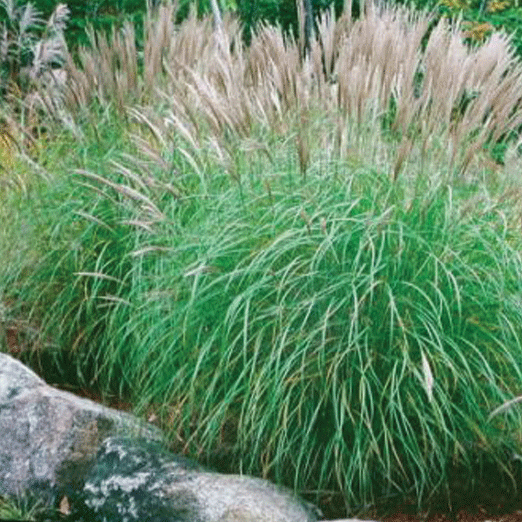
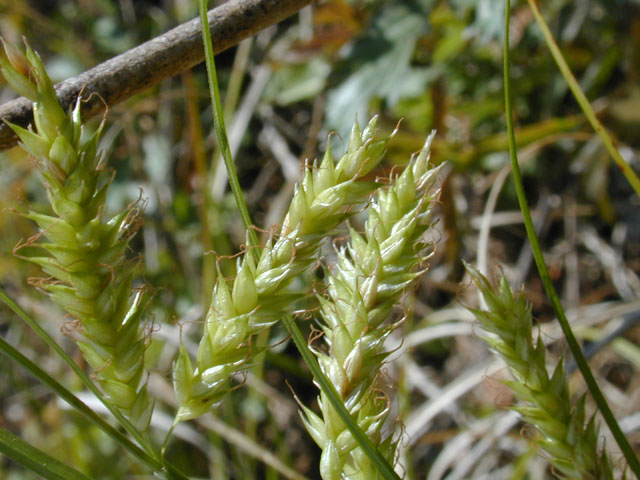

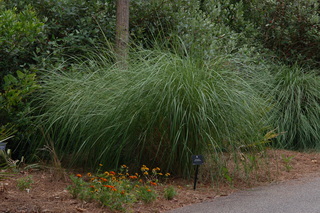

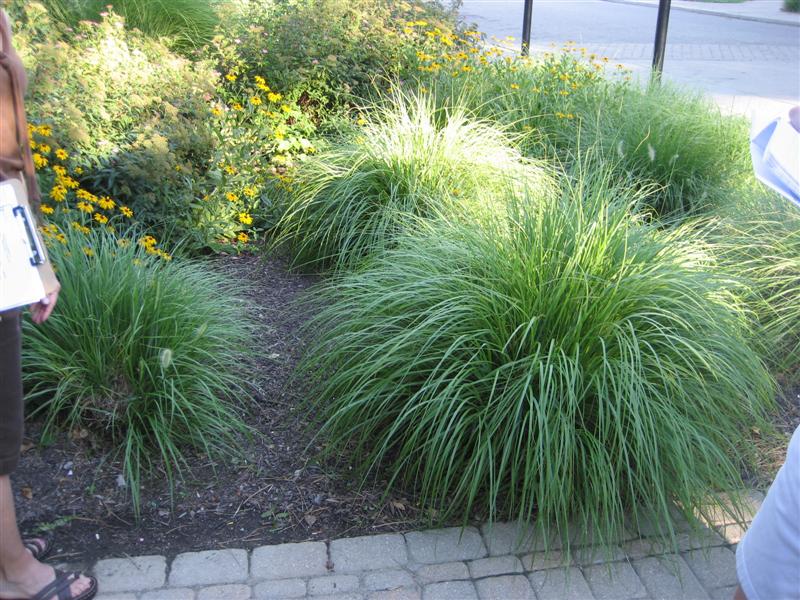
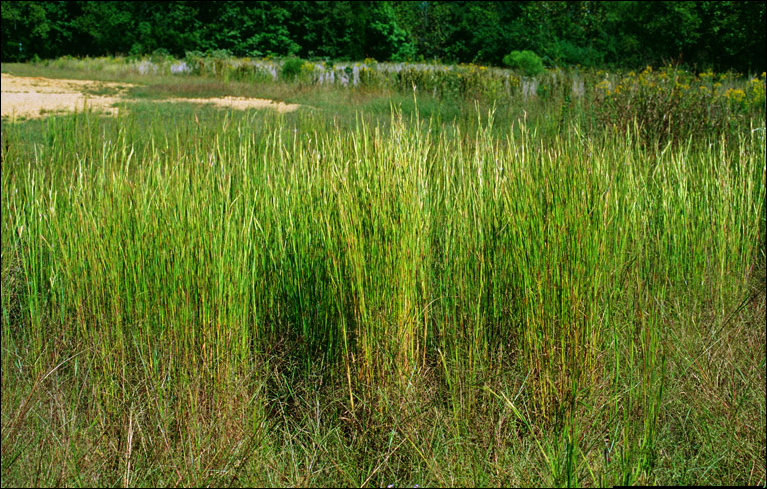

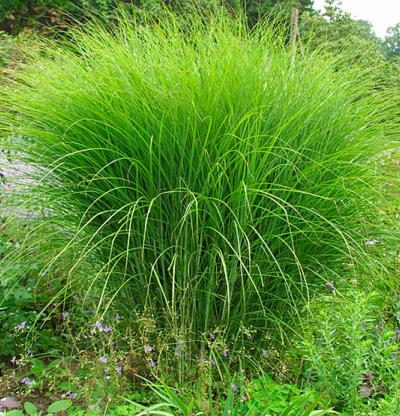


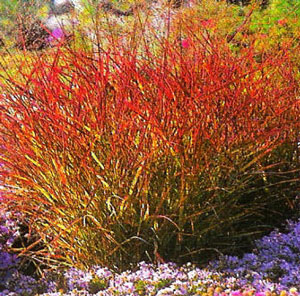
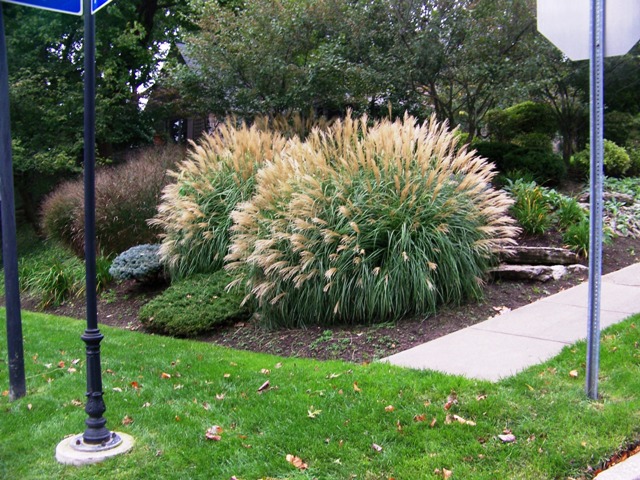
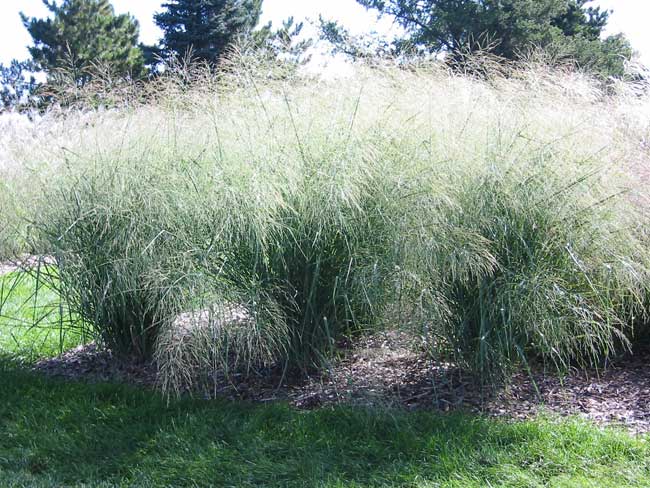
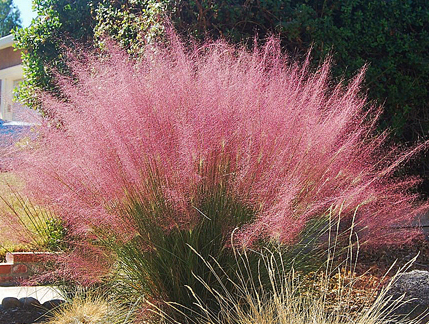
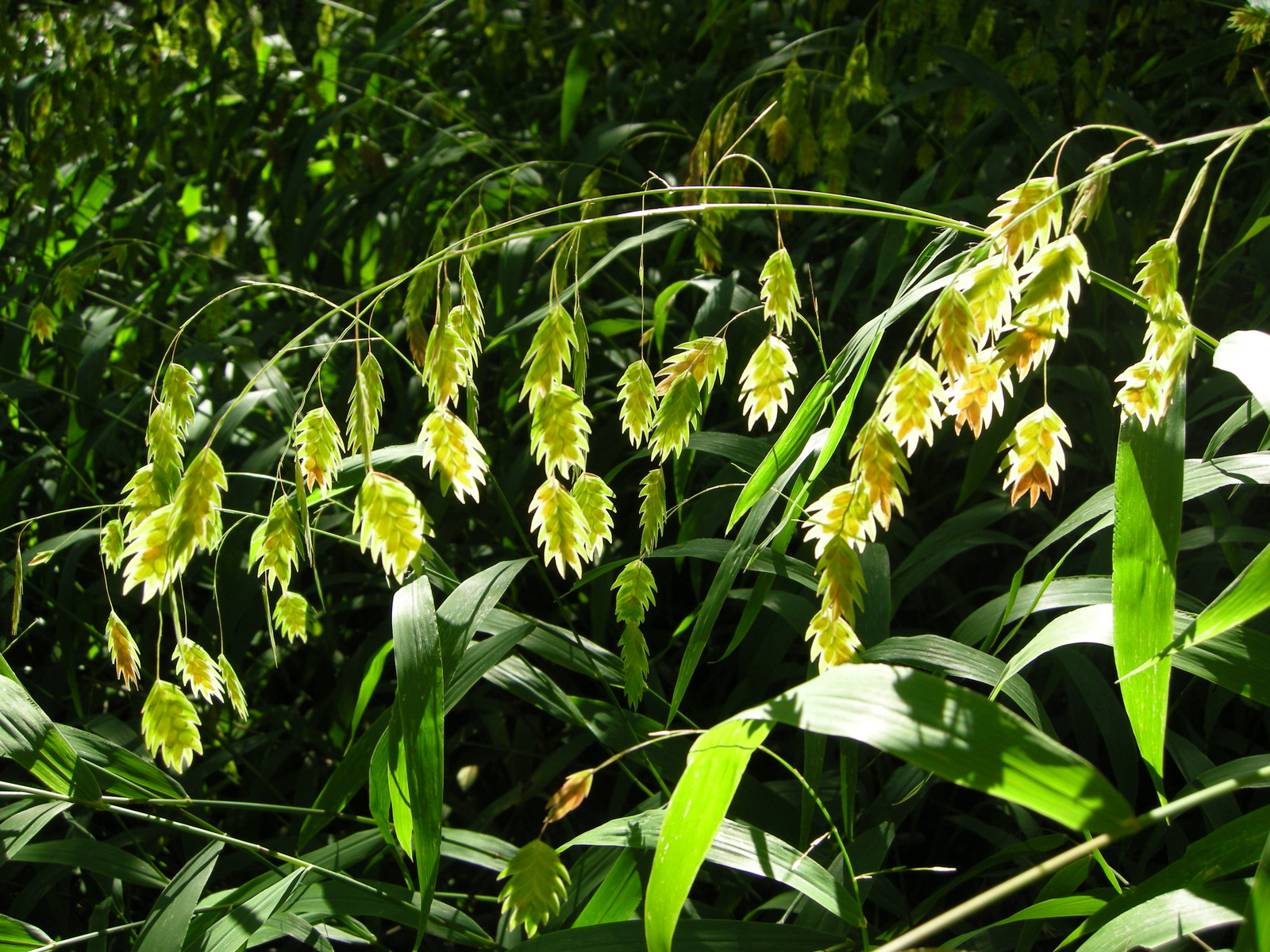
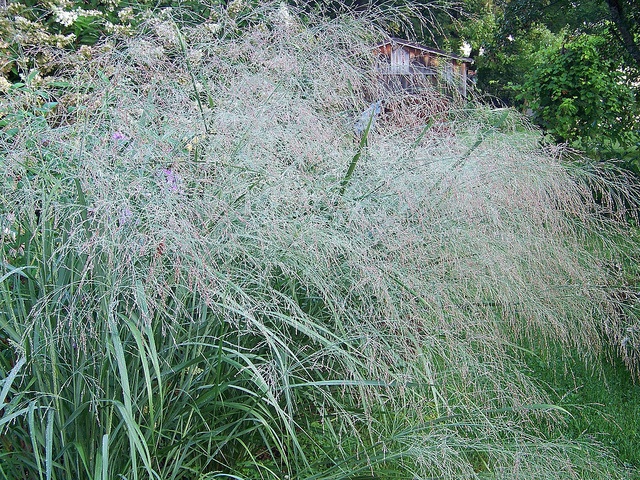
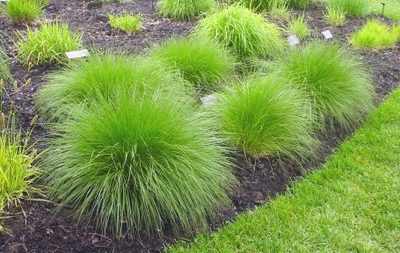
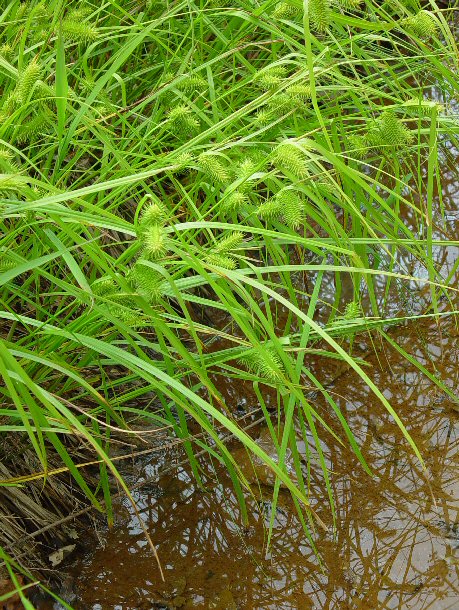
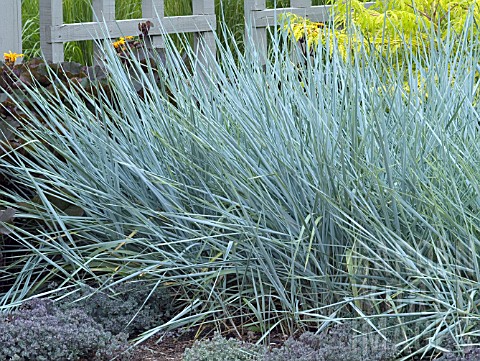

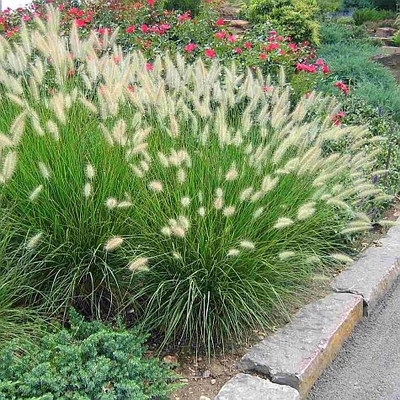
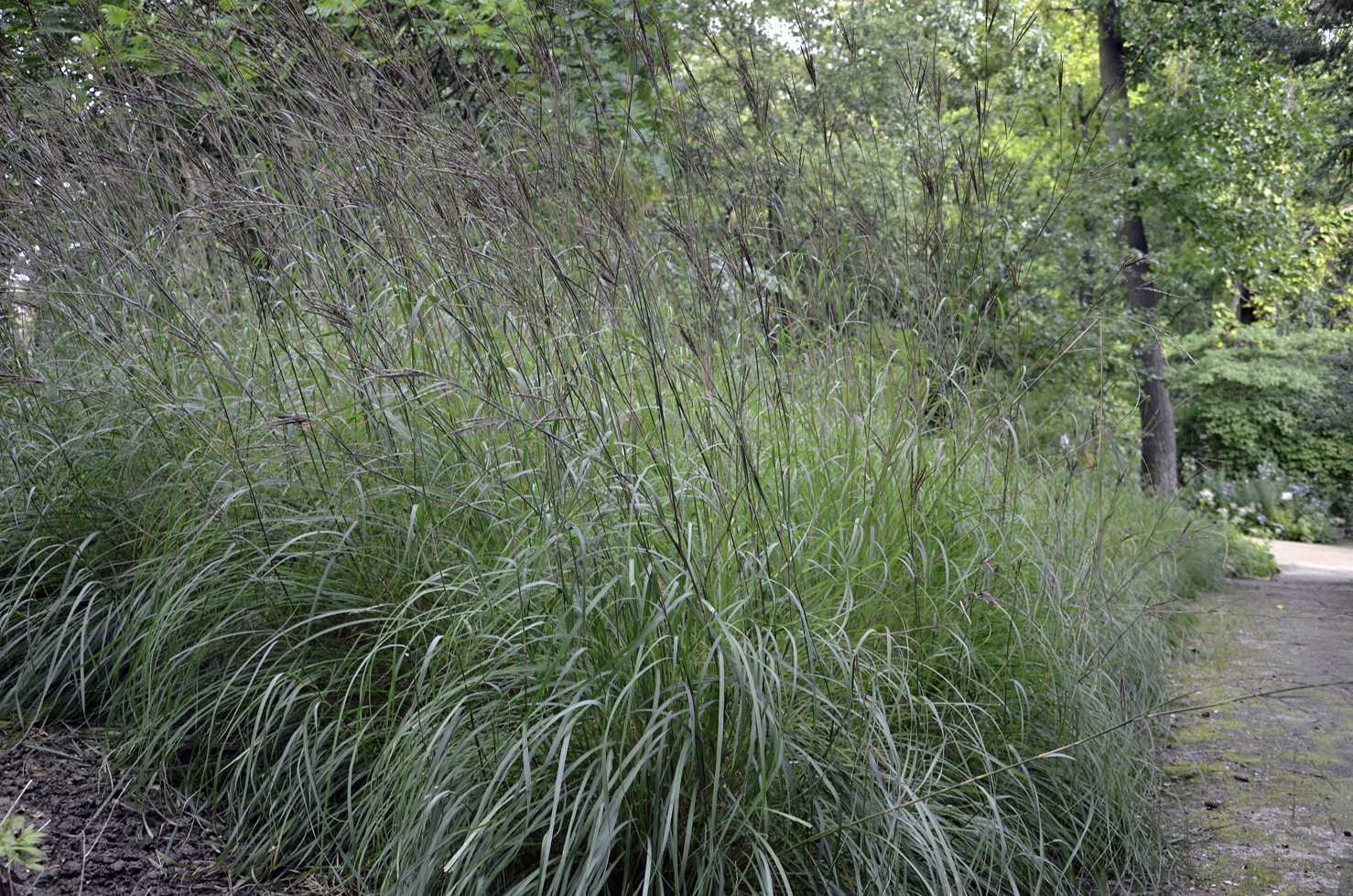

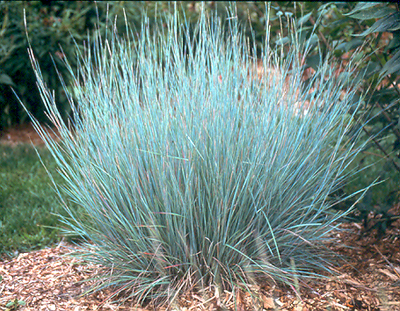

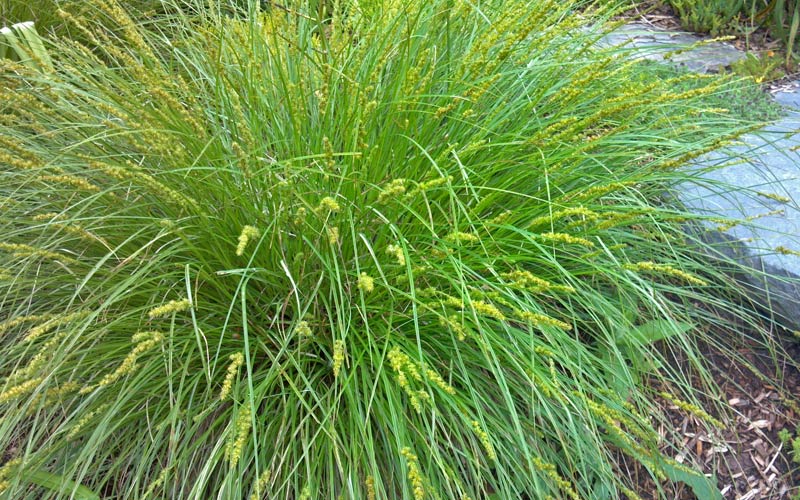
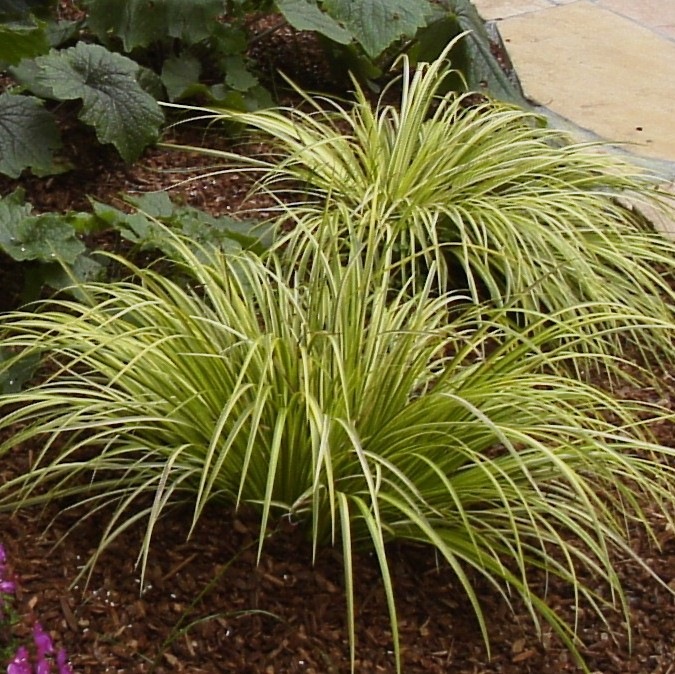
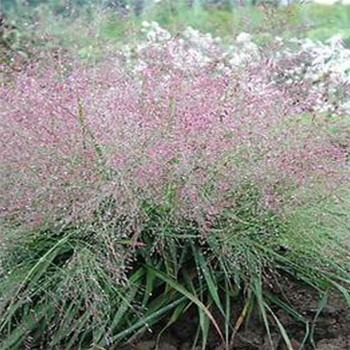
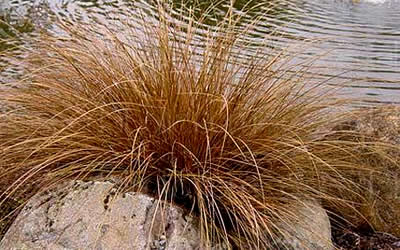
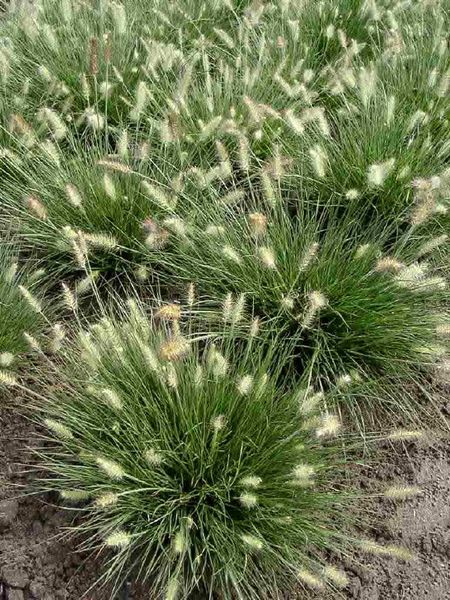


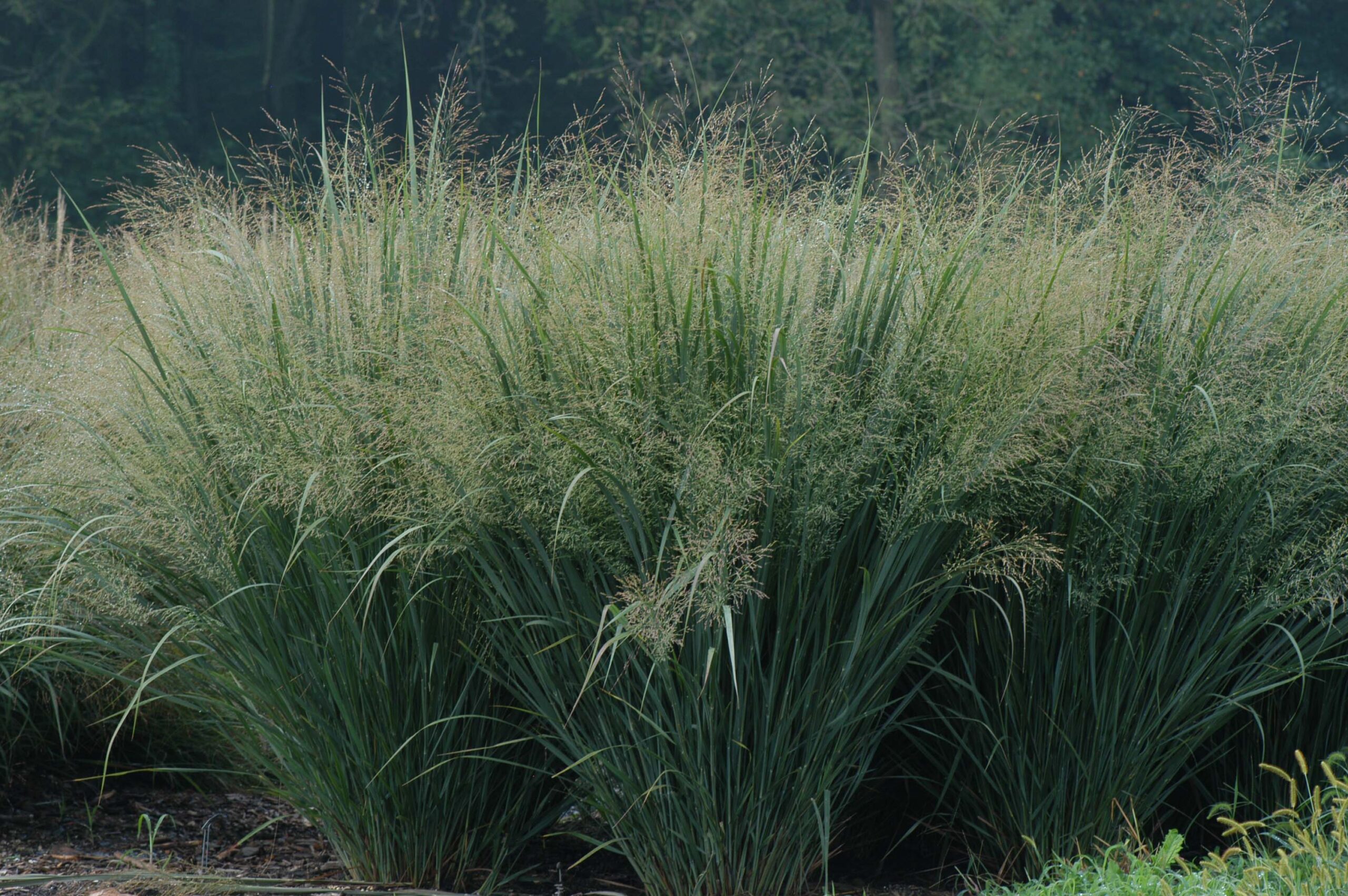

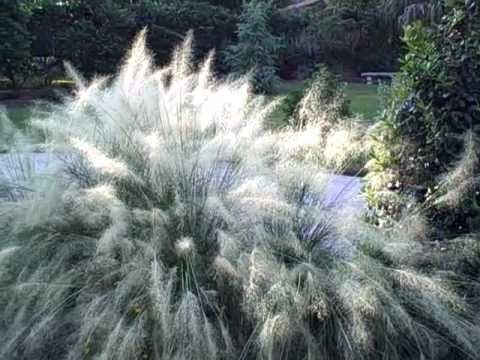
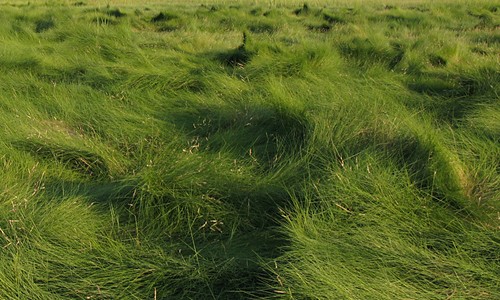
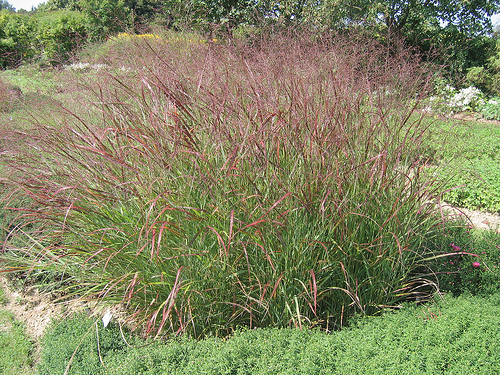

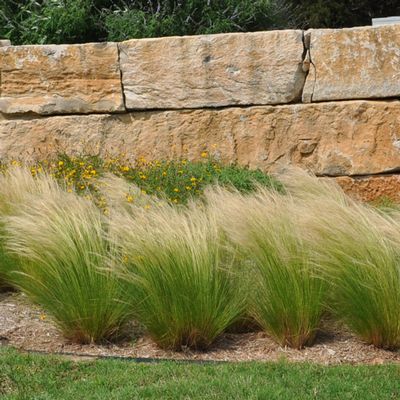
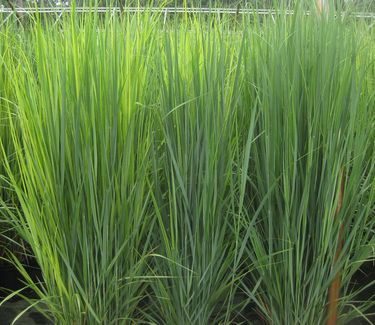
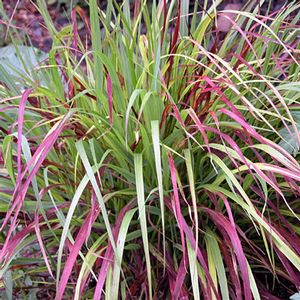
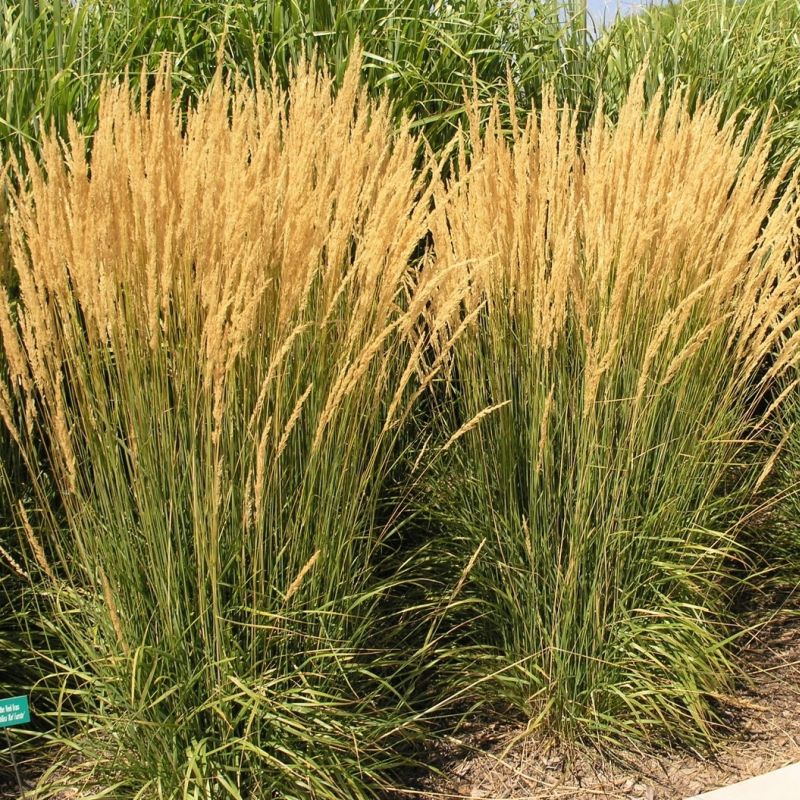
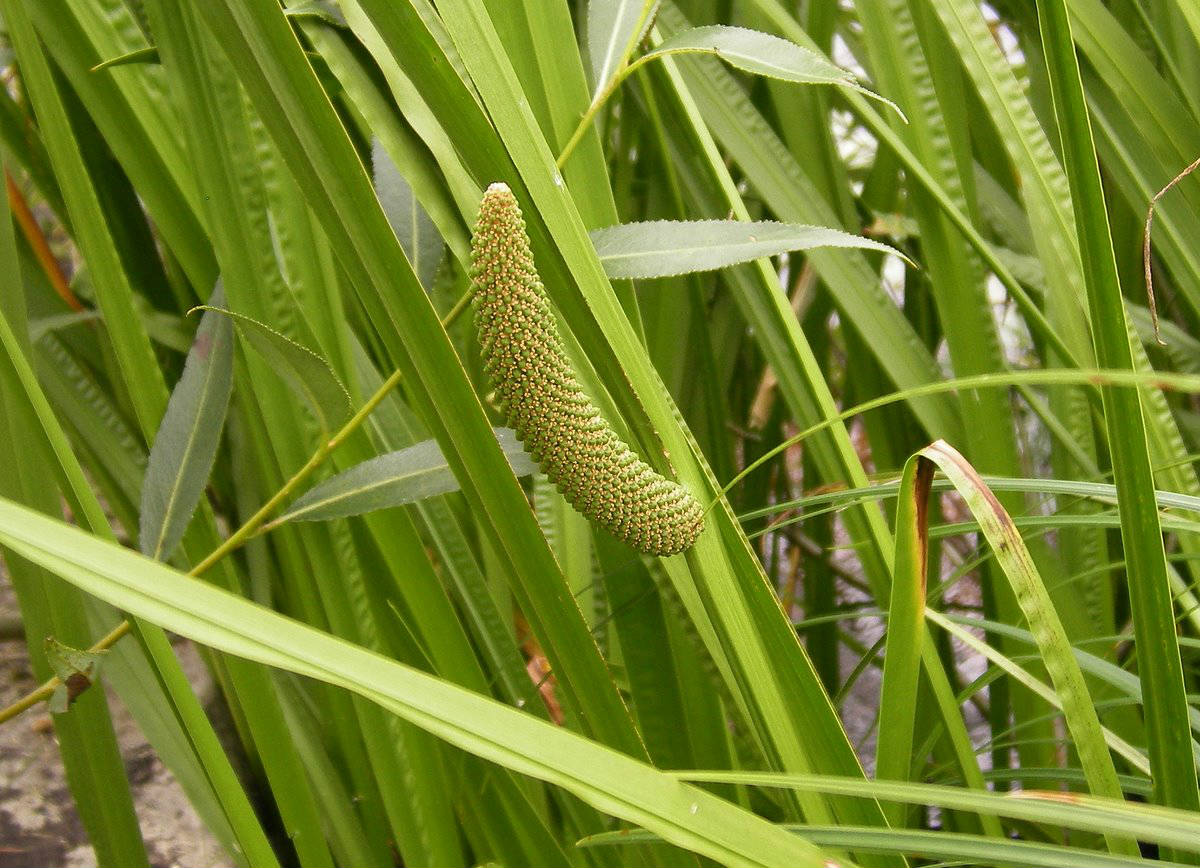
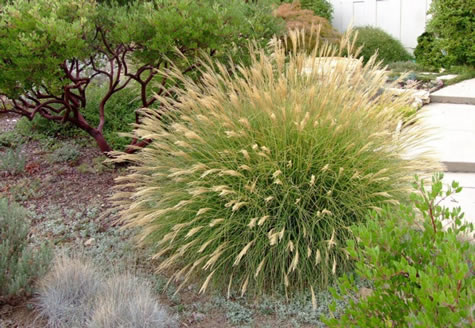

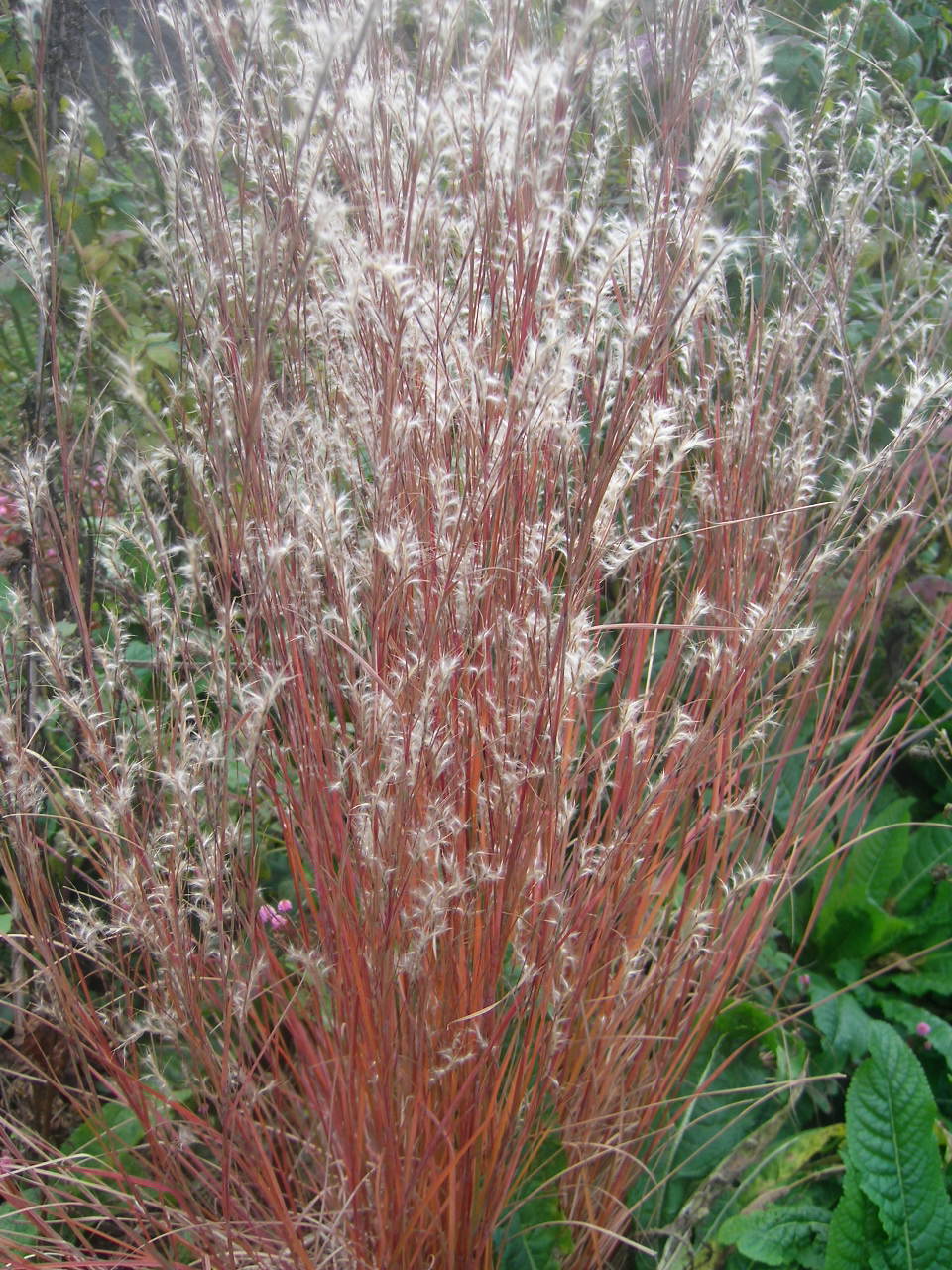
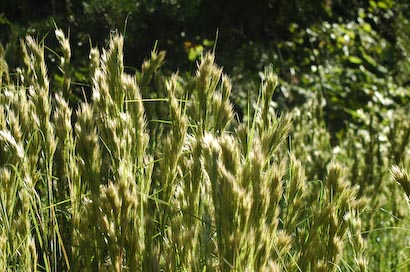

Reviews
There are no reviews yet.